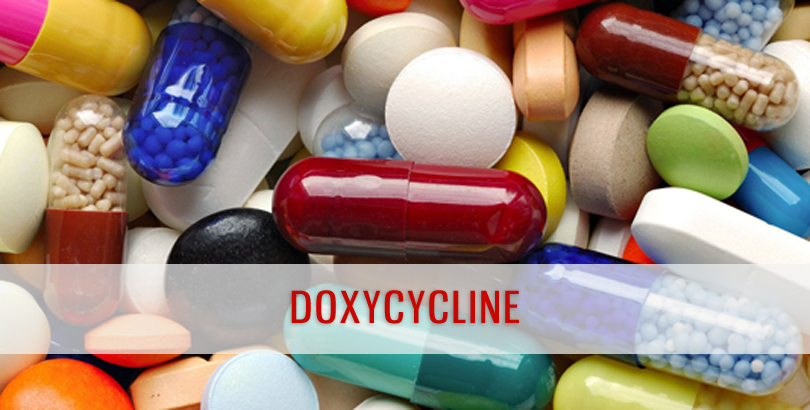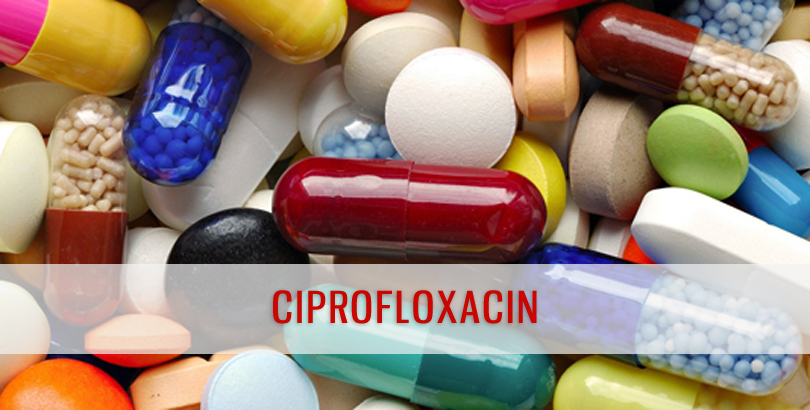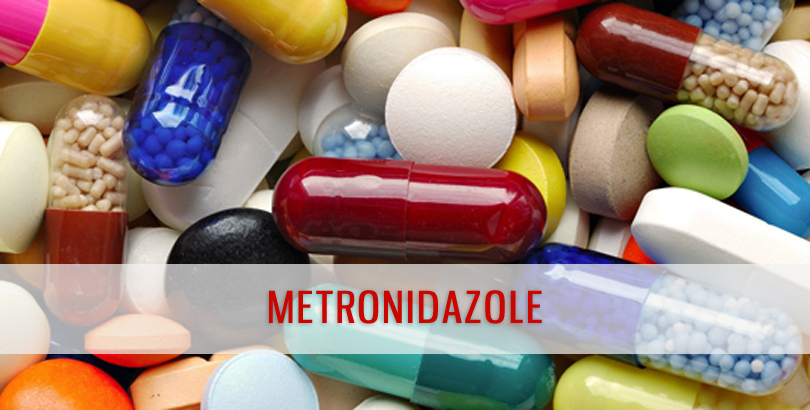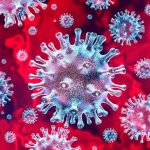Doxycycline is an antibiotic belonging to the Tetracycline group of antibiotics
Mechanism of Action:
Doxycycline curbs bacterial growth by inhibiting RNA dependent protein synthesis in the bacteria.
Metabolism:
The main site of metabolism of Doxycycline is liver. Oral absorption of the drug is almost complete and 90% of the drug remains protein bound.
Elimination of the drug is both through urine and stools.
Indications and Dosage:
Dosage is usually 200 mg/ day given in 2 divided doses, most commonly orally due to good absorption. Intravenous route may be used when oral administration is not possible.
Uses:
- Bacterial infections like Cholera, Brucellosis, Plague, Relapsing fever etc
- Gram negative infections like E.Coli, Shigella, Klebsiella etc
- Atypical pneumonia by organisms like Chlamydia, Mycoplasma
- STDs such as Chlamydia, Gonorrhea, Syphilis
- Malaria
- Ocular chlamydial infection
- Bartonella infective endocarditis in combination with Gentamycin and Ceftriaxone
Adverse effects:
- Diarrhea, enterocolitis, esophageal ulcers, dysphagia
- Hepatotoxicity
- Hemolytic anemia
- Thrombocytopenia
- Urticaria
Use in pregnancy:
Category D (to be used only in life threatening emergency in absence of alternatives)
Use in lactation:
Enters breast-milk, hence not recommended




















